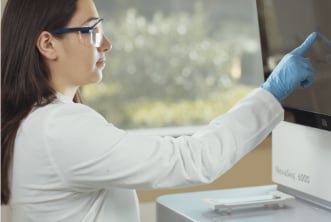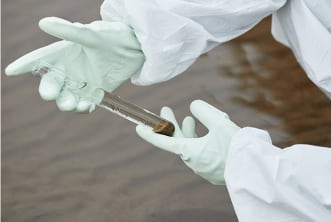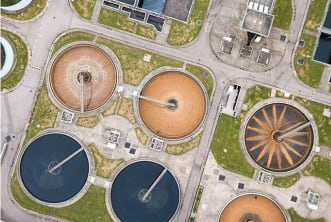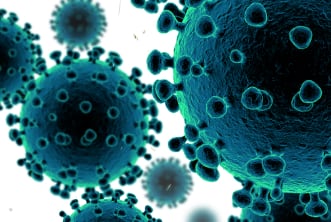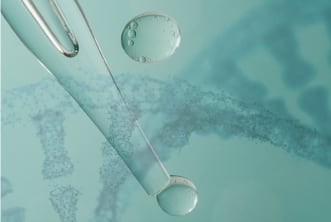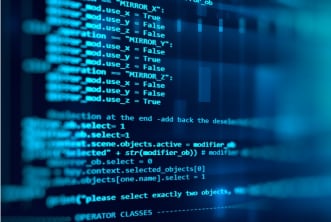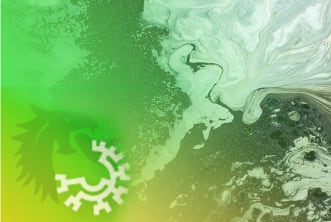
What is wastewater surveillance?
Wastewater surveillance is a method to detect, identify and characterize pathogens found in wastewater. This method provides data to help monitor outbreaks and other threats at the community level. By knowing where these threats are, communities can better allocate resources during a public health response. Genomic information from wastewater can be used to determine which pathogens are present in a community and identify what strains and how many variants may be in the community.
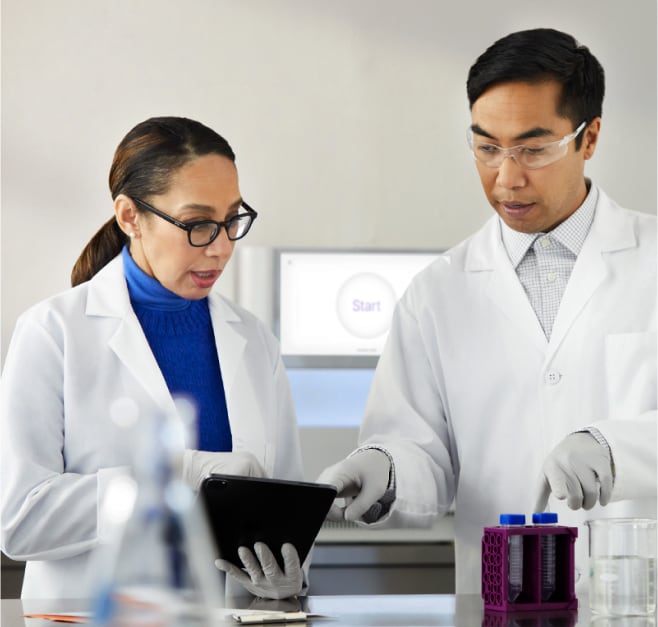
How does wastewater surveillance work?
Wastewater surveillance is a vital tool for detecting and characterizing pathogens in sewage samples and treatment plants. When used with NGS-based technologies, wastewater surveillance can expand our understanding of many different pathogens, including RNA and DNA viruses, bacteria, and antimicrobial resistance (AMR) markers. This information is crucial for tracking the spread of many infectious diseases and developing effective responses.
Using samples from sewage, wastewater surveillance can help supplement existing surveillance methods and has several advantages, including:
- Population-based infection tracking
- Anonymous pooled testing
- Geographic information about disease spread
- Easy and rapid sampling that can be obtained as needed from treatment facilities to identify community-level trends
Using wastewater sequencing to detect COVID-19
SARS-CoV-2, the virus that causes COVID-19, is present in the stool of infected people and can be found in samples from wastewater treatment plants. Using wastewater sequencing to test these samples, health officials can track the spread of the virus and identify new variants, like the B.1.17 strain that became widespread. Thanks to wastewater surveillance, local health communities can take action to prevent the spread of disease and prepare for surges at hospitals up to two weeks before cases are reported.
Download App NoteWastewater surveillance methods
While wastewater surveillance has been used to detect pharmaceutical, chemical, and industrial waste, it is now more important than ever to monitor wastewater to detect antibiotic resistance markers, bacteria, and viruses that have a significant impact on local communities. To detect pathogens of high risk to public health, RT-PCR and next-generation sequencing are at the forefront of surveillance techniques. See the comparison below to learn more about each approach.
RT-PCR for wastewater surveillance
- Only targets small regions of the genome
- Lower cost
- Low-throughput workflow
- Unable to detect variants
- Data is easier to interpret
NGS for wastewater surveillance
- Targets and characterizes whole genomes
- Higher cost
- High-throughput capabilities
- Can detect and identify variants
- Data is more complex and comprehensive
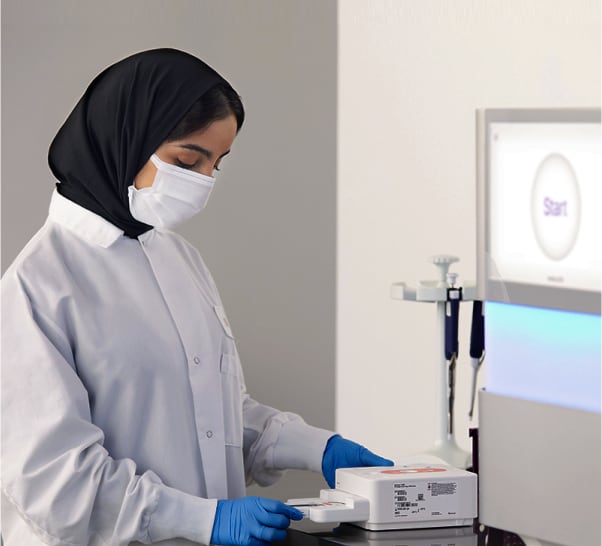
Wastewater sequencing considerations
Wastewater samples usually contain multiple pathogens and microbes, as opposed to clinical samples which usually only contain a single pathogen. To analyze pathogens of interest, it is recommended to use amplicon- or enrichment-based NGS library preparation methods. Amplicon-based approaches use primers to specifically target regions of microbes and/or whole genomes of single viruses, while enrichment approaches use probe hybridization to capture genomes of interest. In addition, shotgun metagenomic sequencing provides a comprehensive method to analyze all genes and microbes within a sample.
Related Products
Viral Surveillance Panel
Obtain whole-genome sequencing (WGS) data that can characterize 66 viruses that are of high risk to public health, including SARS-CoV-2, Influenza, Monkeypox Virus, and Poliovirus.
COVID-Seq
A high-throughput, next-generation sequencing test for SARS-CoV-2 surveillance and enables virus genome analysis in research use.
Respiratory Pathogen ID/AMR Enrichment Panel Kit
A next-generation sequencing (NGS)-based respiratory pathogen panel that delivers highly sensitive, comprehensive pathogen detection, and antimicrobial resistance (AMR) insights.
Urinary Pathogen ID/AMR Enrichment Kit
A next-generation sequencing (NGS) panel that detects and quantifies over 170 common, less common, challenging-to-grow, and frequently missed uropathogens.
Respiratory Virus Oligo Panel
A highly sensitive NGS panel to detect and characterize common respiratory viruses, including COVID-19 strains, with comprehensive, rapid target enrichment sequencing.
Ribo-Zero Plus Microbiome rRNA Depletion Kit
A streamlined RNA-to-analysis solution for metatranscriptome sequencing of complex microbial samples, including stool.
Interested in receiving next-generation sequencing solutions for wastewater surveillance?
Fill out the form below, and we’ll be in touch.Additional Resources
Wastewater-based epidemiology
Discover how surveillance of infectious disease through wastewater sequencing can detect SARS-CoV-2 variants and other respiratory viruses in the community in this app note.
Can wastewater surveillance protect public health?
Read the article to learn how Biobot Analytics is using wastewater data to predict COVID surges and other outbreaks.
Wastewater sequencing reveals early cryptic SARS-CoV-2 variant transmission
Learn how wastewater surveillance is aiding in revealing early COVID transmission in this scientific publication.
Viral Surveillance Panel
See the datasheet to learn more about NGS detection of 66 viral genomes, including viruses identified as important risks to public health using streamlined whole-genome sequencing with hybrid-capture enrichment.
Wastewater surveillance and AMR markers during COVID-19
This paper shows how wastewater surveillance can identify emerging antimicrobial resistance (AMR) threats to improve community-level data.
Poliovirus environmental surveillance
In this publication, scientists discuss how they established an environmental surveillance program to detect non-polio enteroviruses and poliovirus in Haiti.
